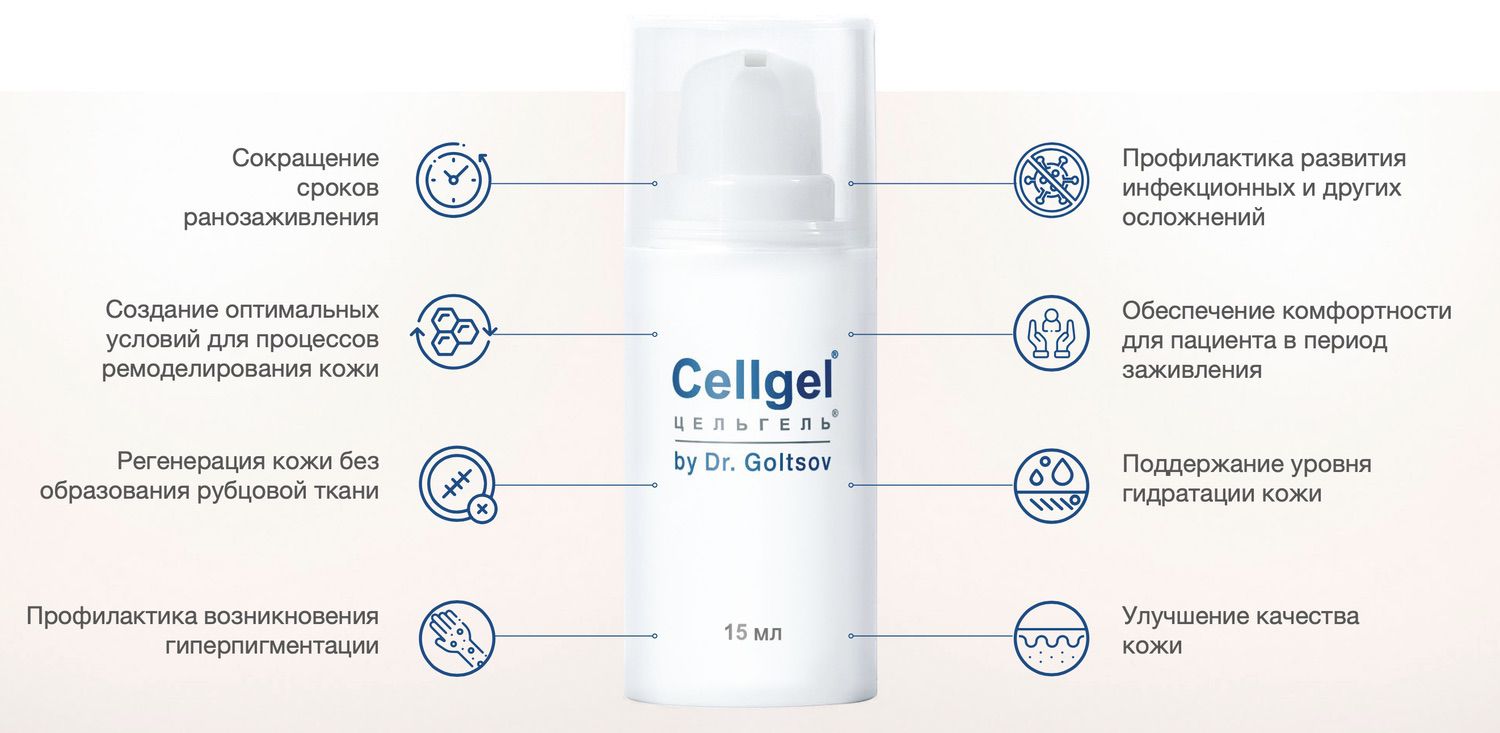Classical dermatologic approaches to wound healing are based on various types of external therapy aimed at rapid closure of the tissue defect "at any cost", including scar formation. And since the main links of the wound process are interpreted in terms of hidden chronic autoimmune pathology, therapeutic measures are often reduced to general antibacterial and immunosuppressive effects. But, studies of some authors have established direct participation of the local compartment of the immune system in the regulation of tissue repair processes. It is of interest to search for the way of stimulation of these processes.










